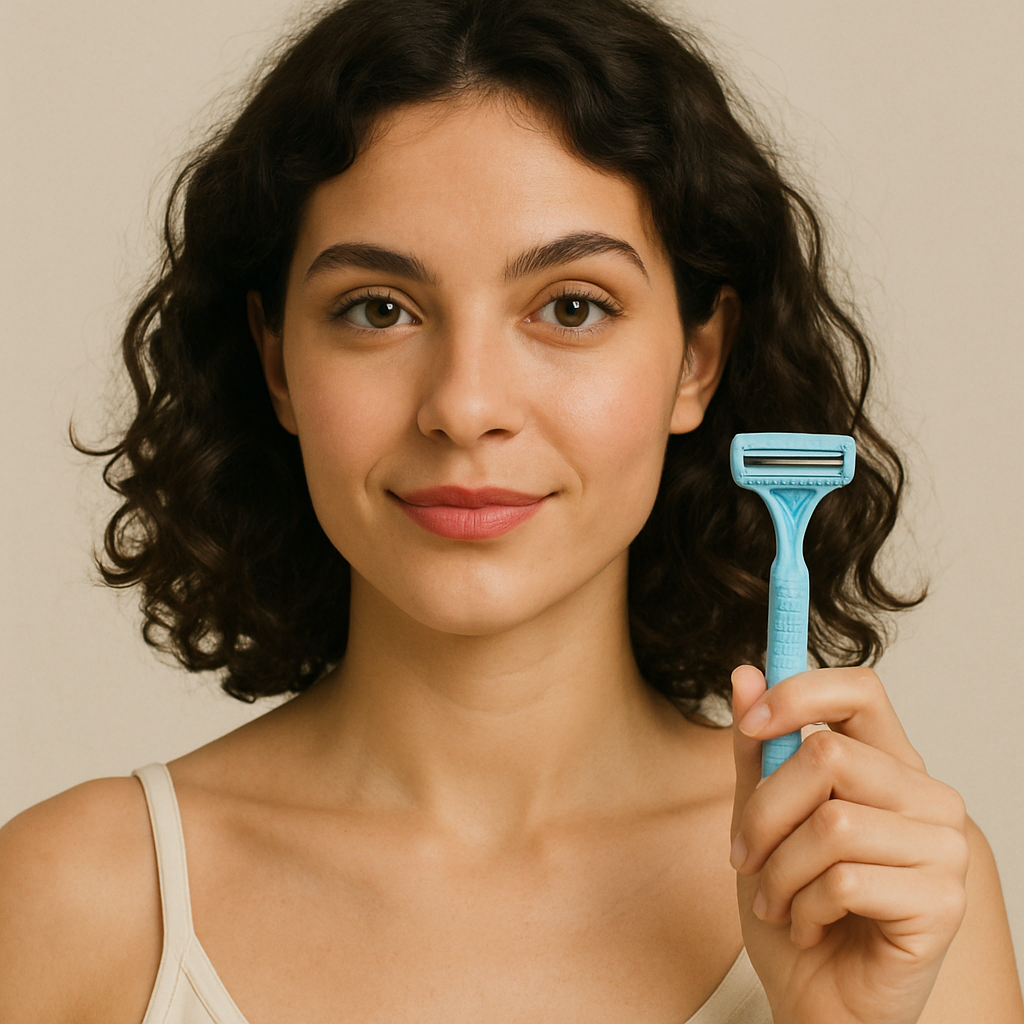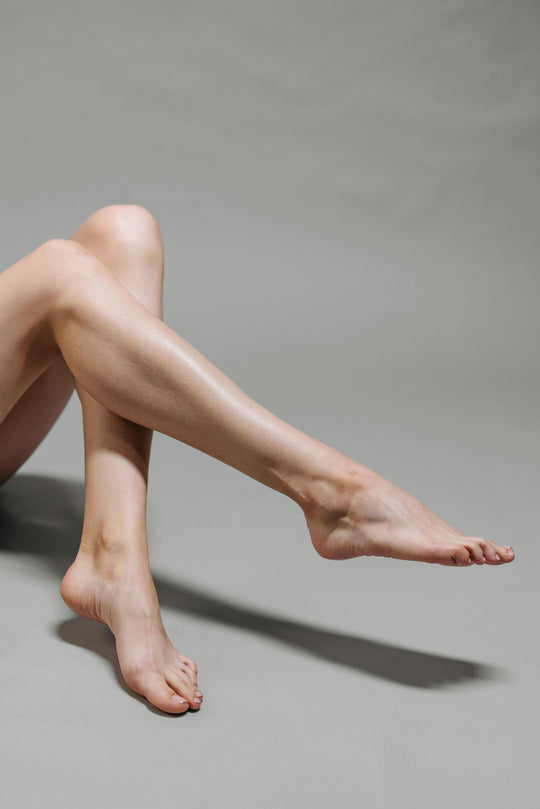Shaving & Hyperhidrosis

Overview
The decision to shave an area of the body is obviously a personal one. Shaving can improve the effectiveness of antiperspirants because they work best when they can come into direct contact with the skin, and hair is a barrier to that direct contact; however, shaving can also put you at an increased risk for side effects from antiperspirants.
Shaving also helps control body odor because body hair can trap sweat and bacteria, which can lead to increased odor.
Apply with Caution
Applying antiperspirants to freshly-shaven skin can cause irritation. To minimize the irritation, consider shaving the area in the morning (because you apply antiperspirants at night to dry skin). If you must apply an antiperspirant immediately after shaving, check out my prior post on managing side effects of antiperspirants, which recommends the use of a topical hydrocortisone cream, which is available over-the-counter, if you develop redness or irritation from the antiperspirant.
Best Practices for Shaving
- Choose the right razor - use a sharp, high quality razor to prevent nicks and irritation; multi-blade razors or electric shavers are designed for sensitive skin;
- Prep the skin - clean the area with an antibacterial soap and rinse with warm water to soften the hair;
- Use a shaving cream or gel - shaving creams and gels provide a protective barrier and reduce friction; consider products without fragrances, which can cause irritation;
- Shave with the grain - shaving in the direction of hair growth minimizes irritation and ingrown hairs; perform a second pass (also with the grain) if a closer shave is desired;
- Close the pores - rinse the shaven area with cold water to close the pores;
- Moisturize - after drying the skin, apply a moisturizer to help soothe the skin and prevent irritation; if you must apply an antiperspirant, our prescription-strength products are moisturizing so there is no need for a separate product.







